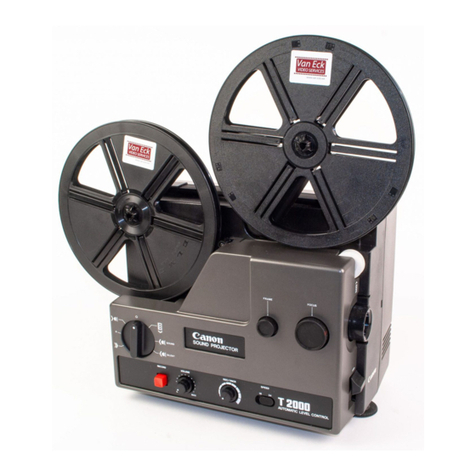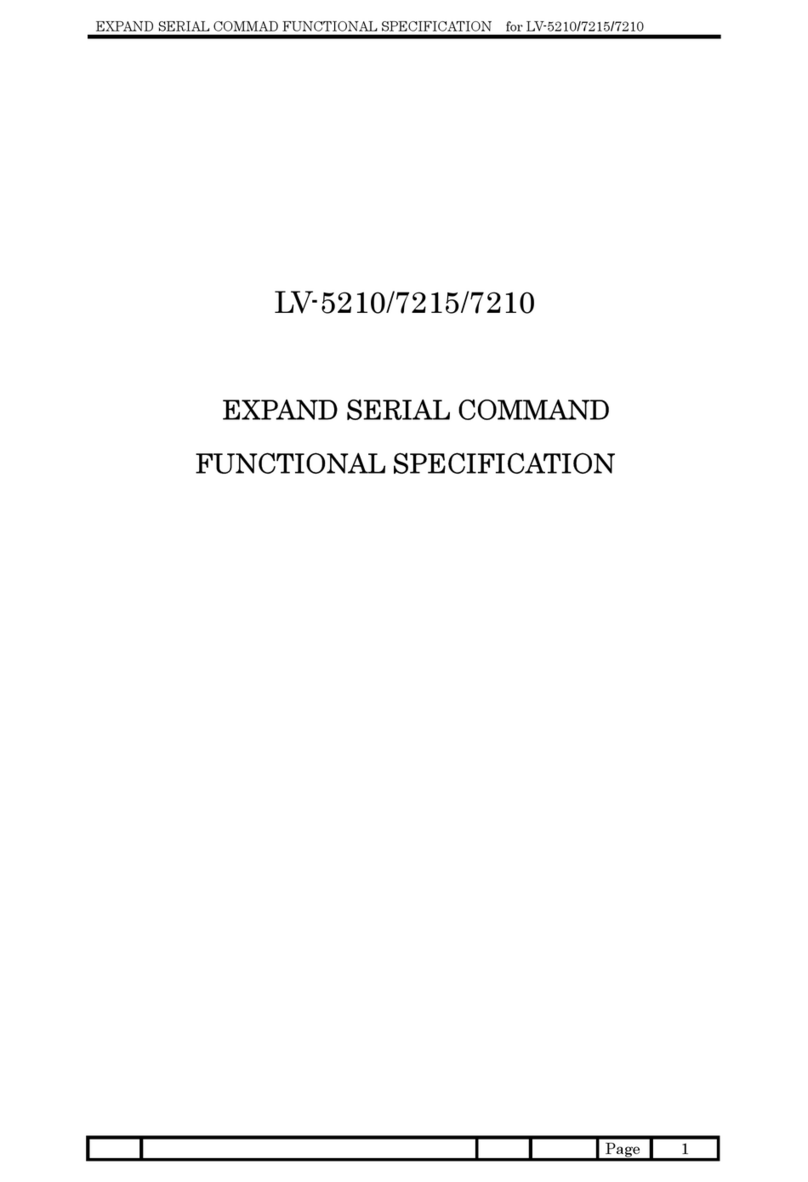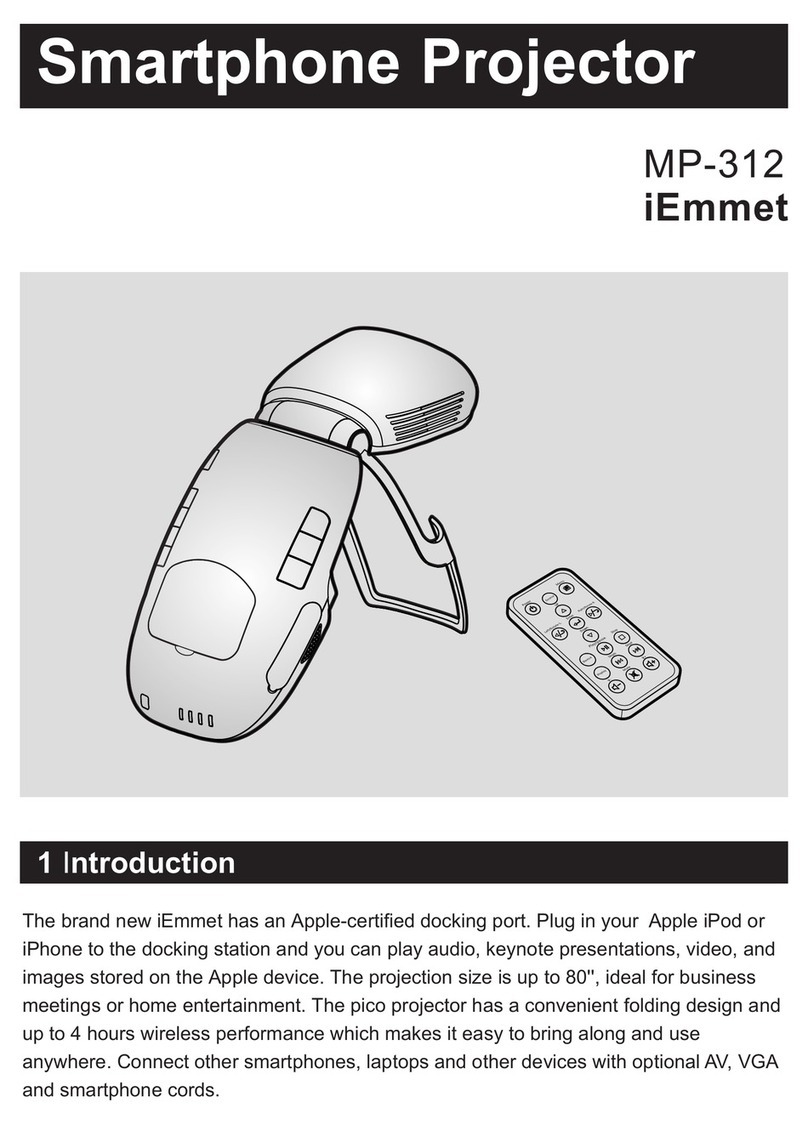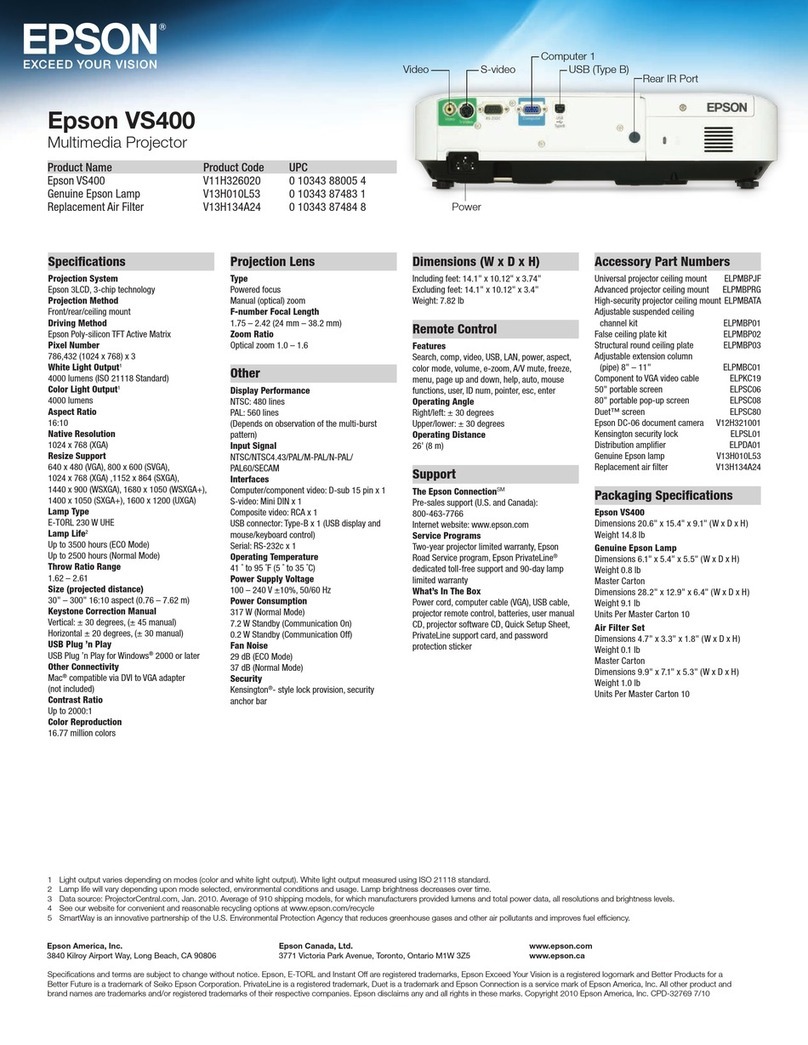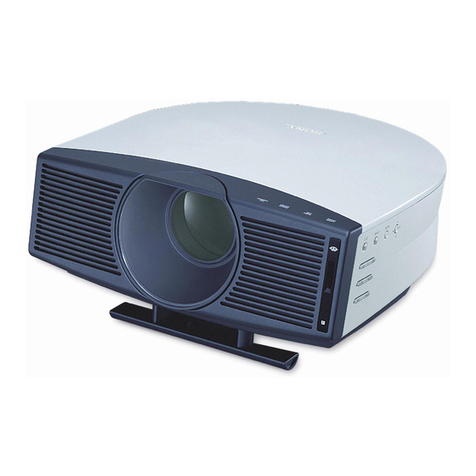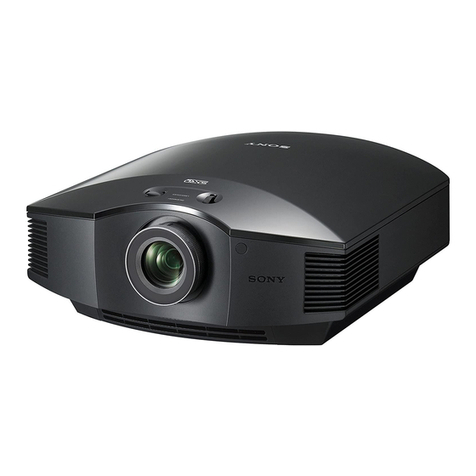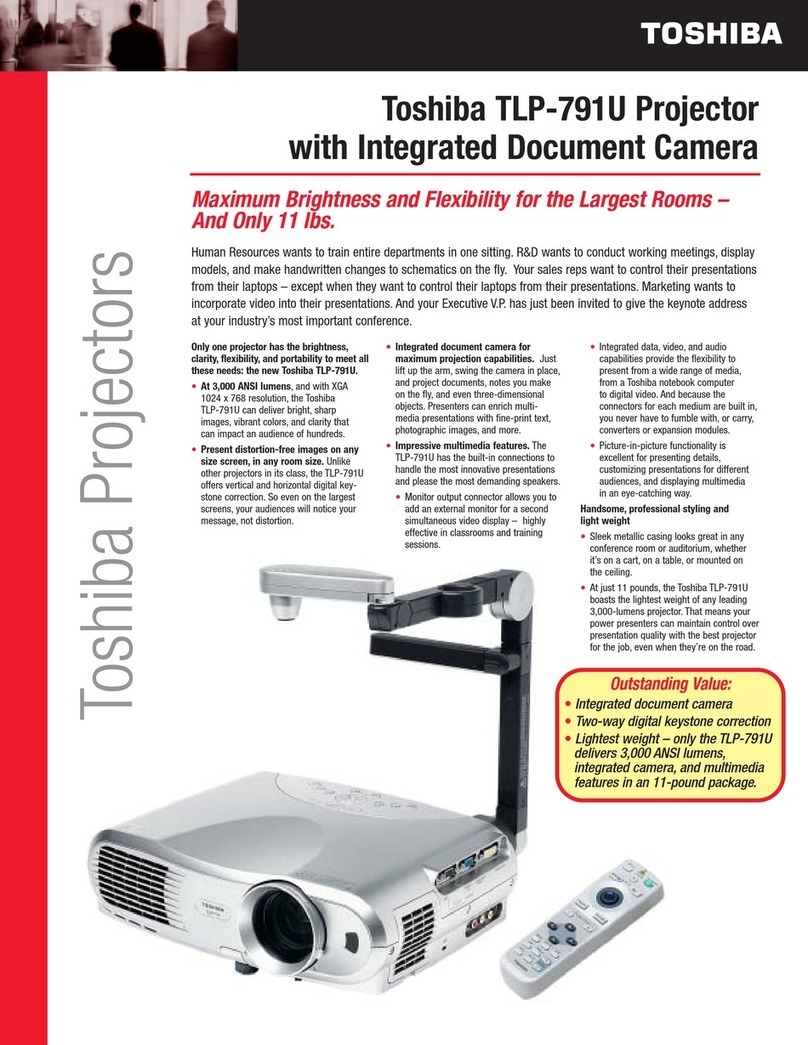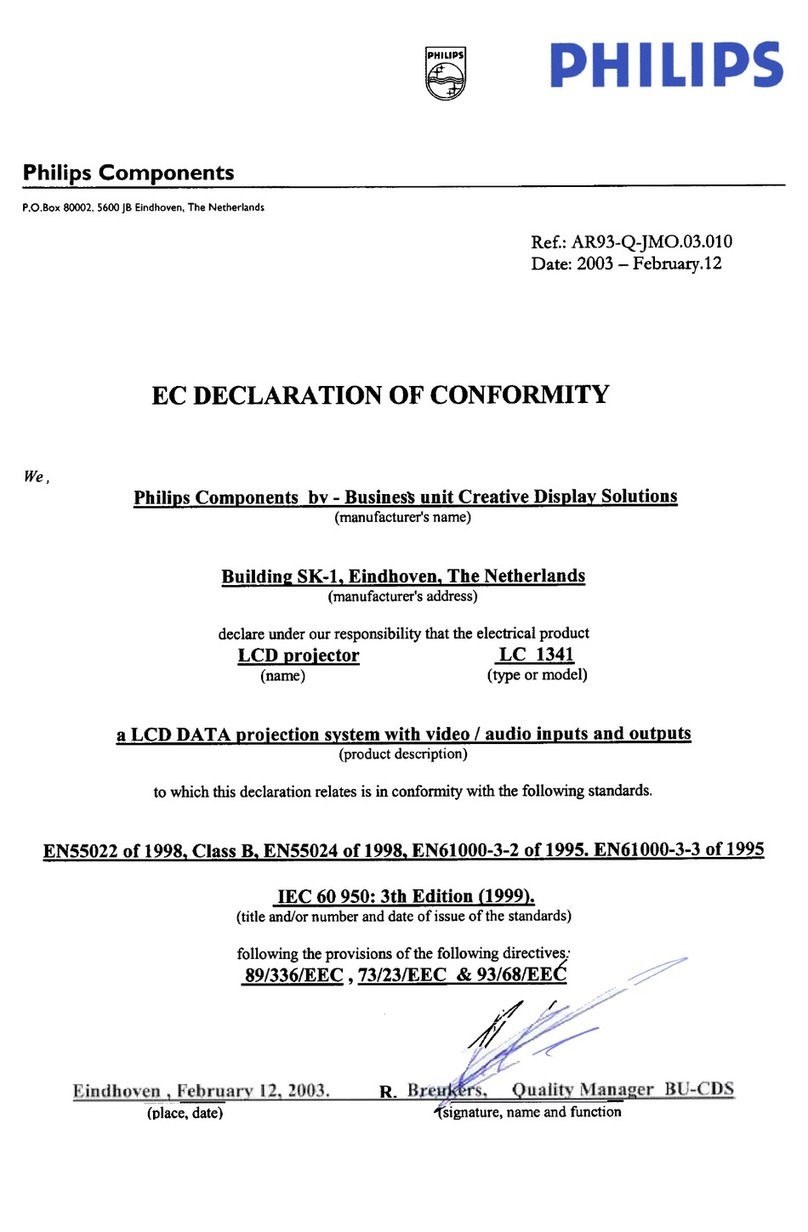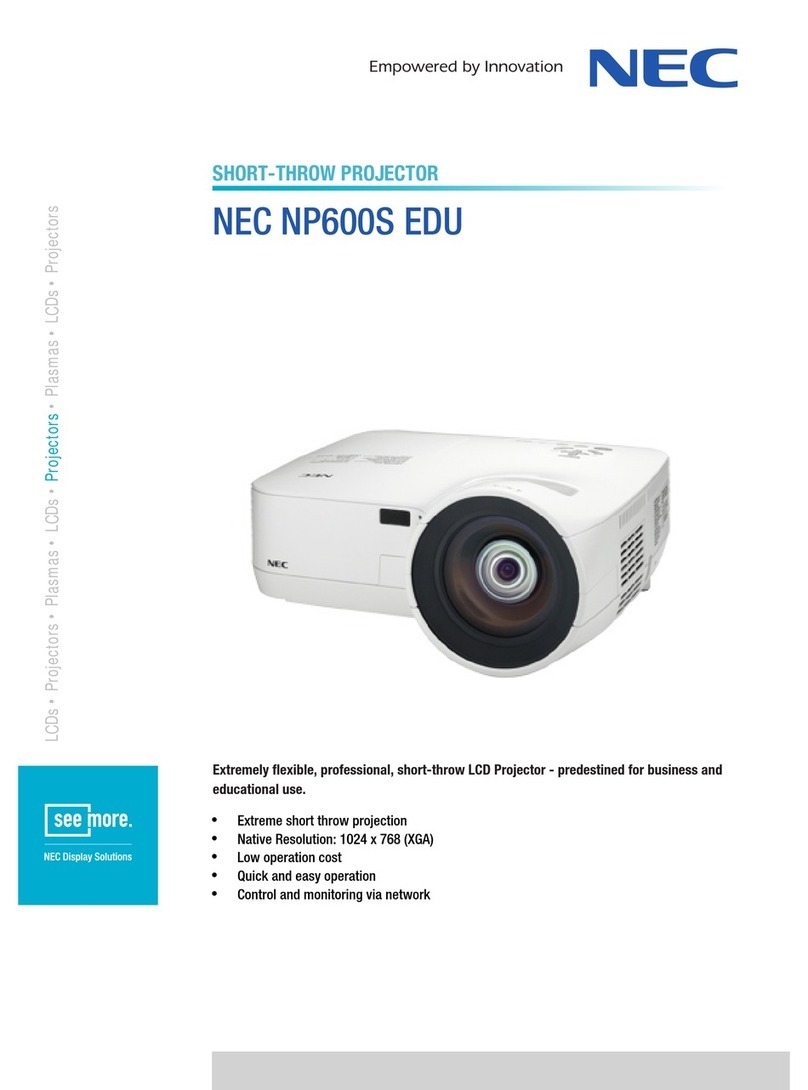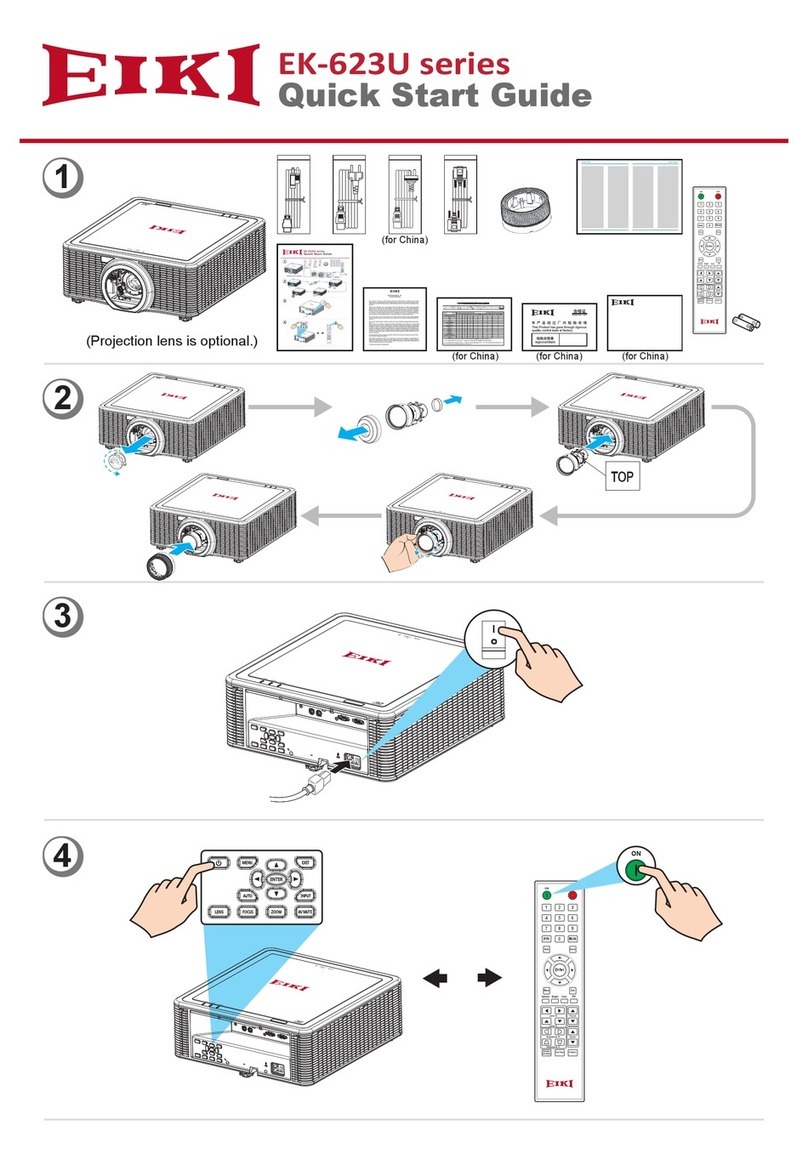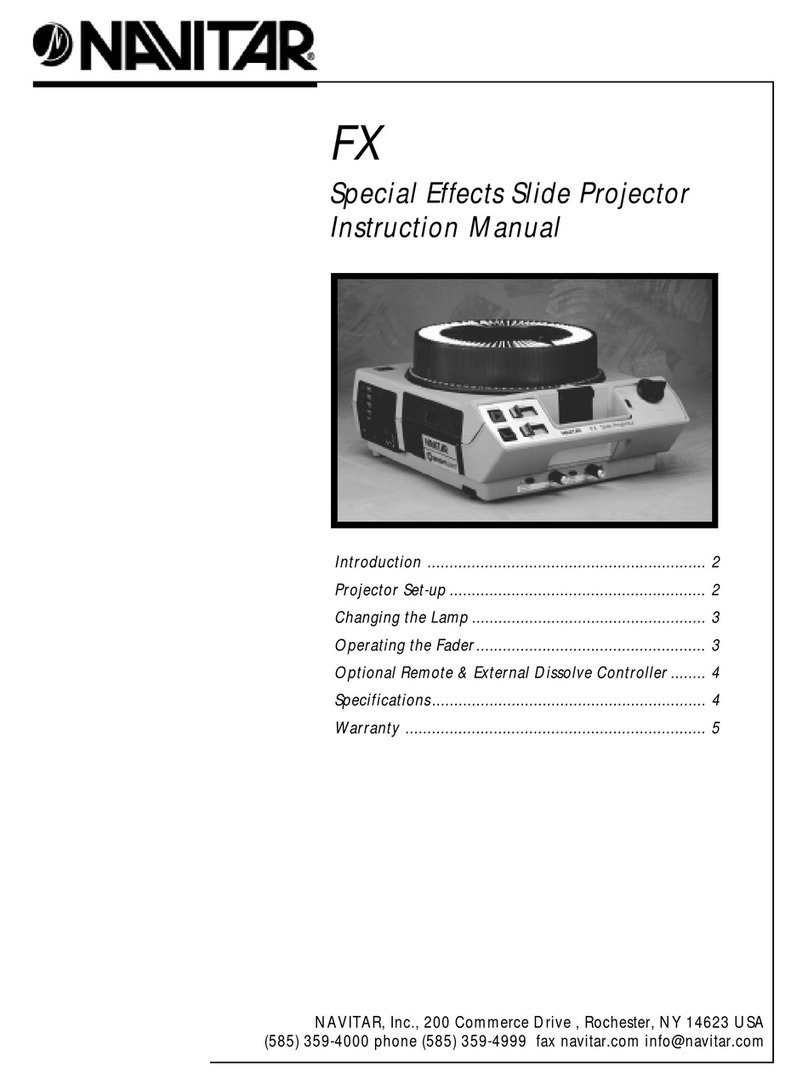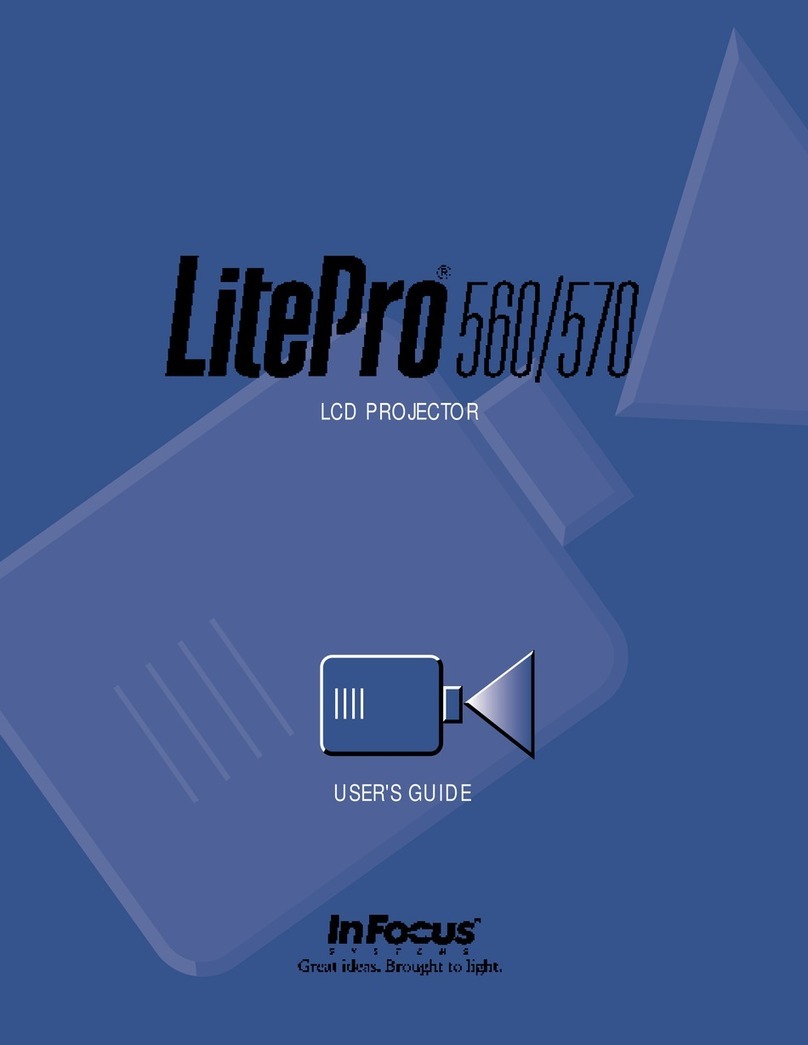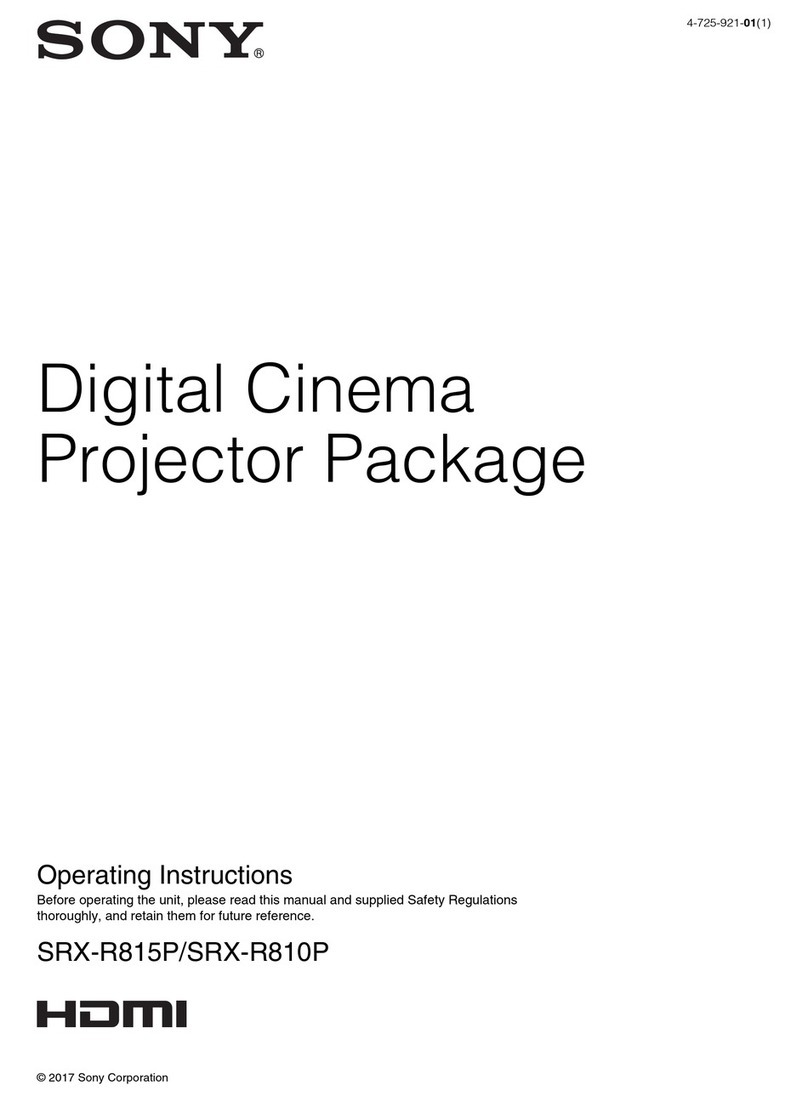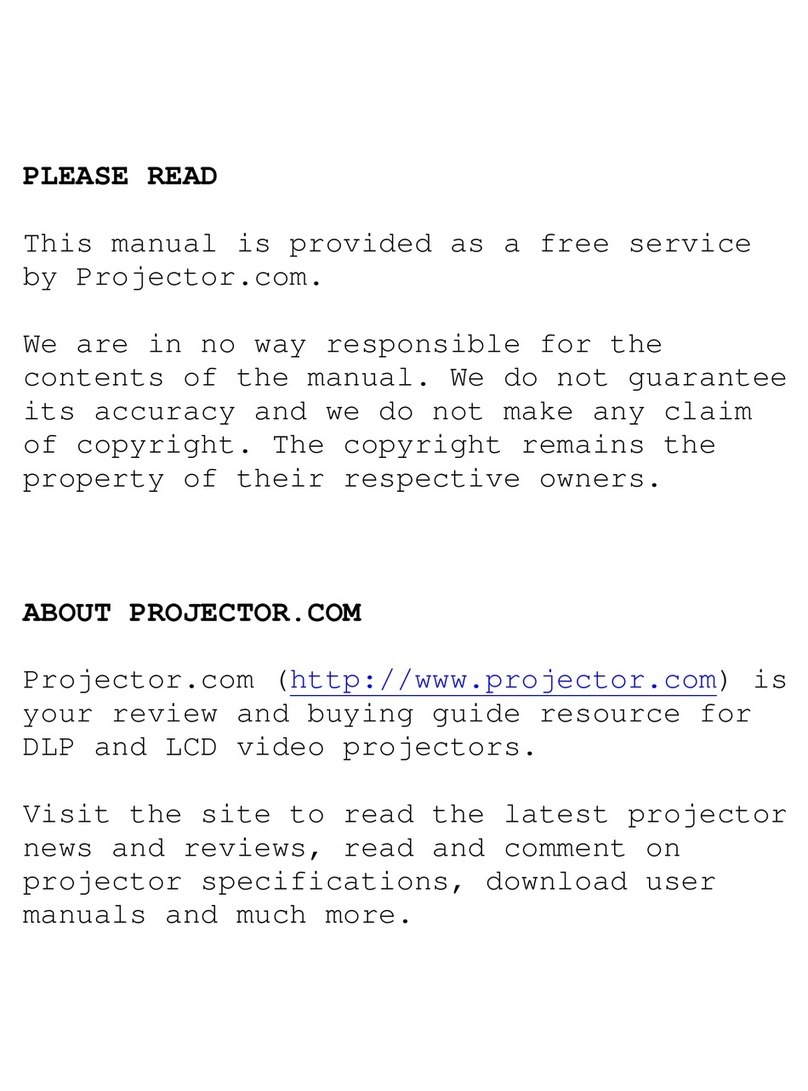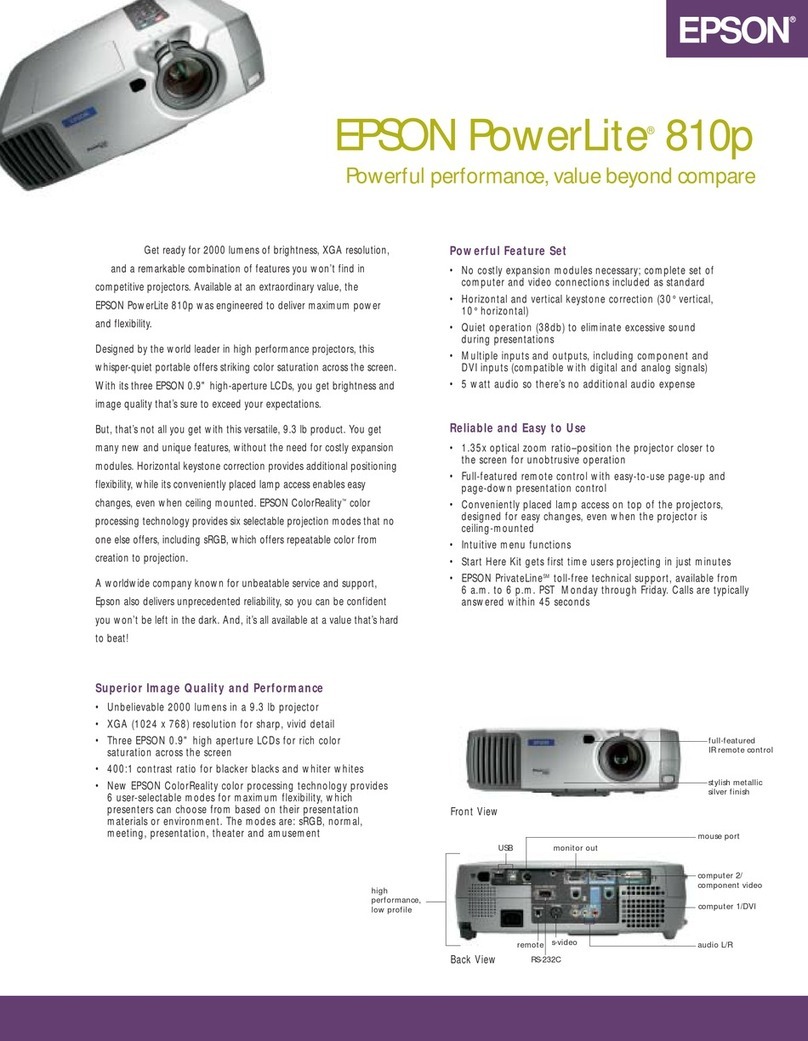Canon WUX5800 User manual
Other Canon Projector manuals
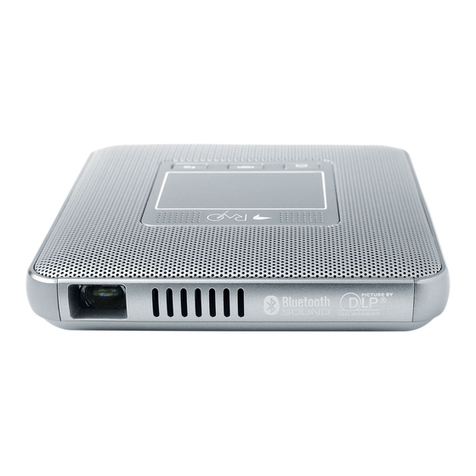
Canon
Canon Rayo S1 User manual
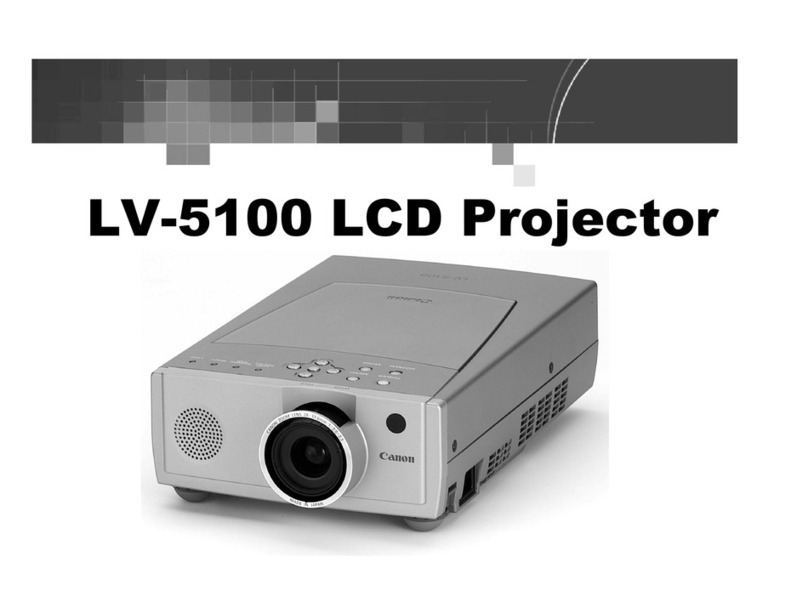
Canon
Canon LV-5100 Owner's manual

Canon
Canon LV-7345 User manual
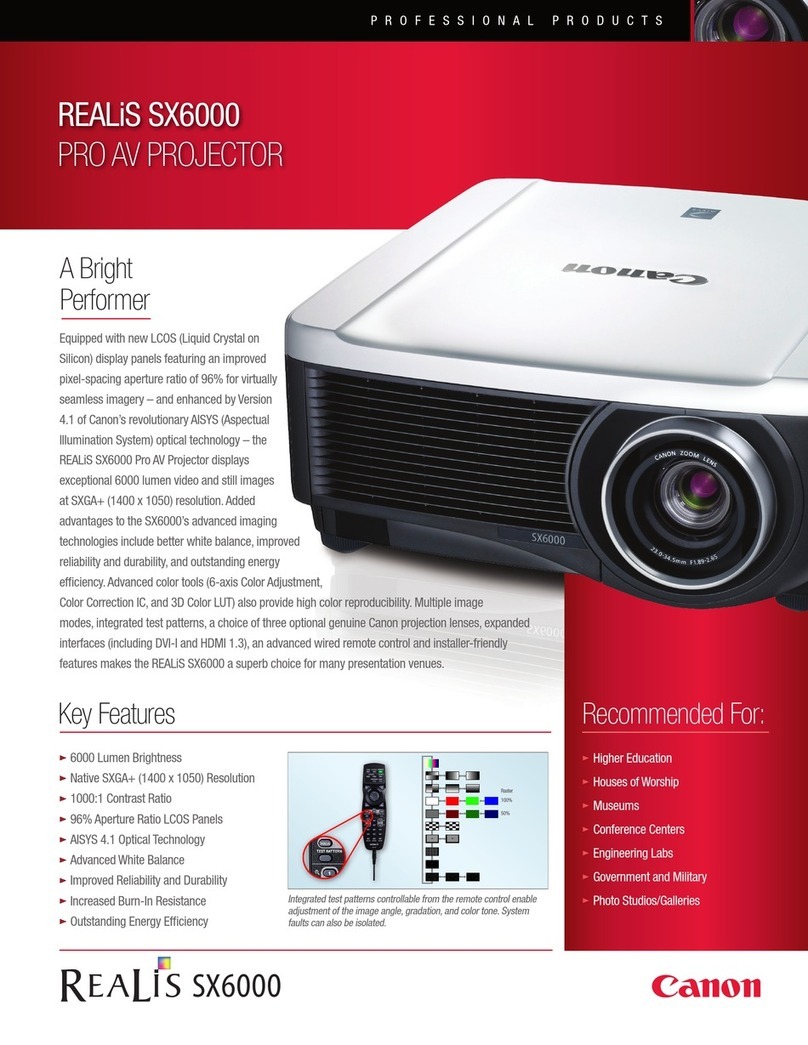
Canon
Canon REALiS SX6000 Pro AV User manual

Canon
Canon 5x17 FC User manual

Canon
Canon LV-7585 User manual

Canon
Canon RealIS SX6 User manual
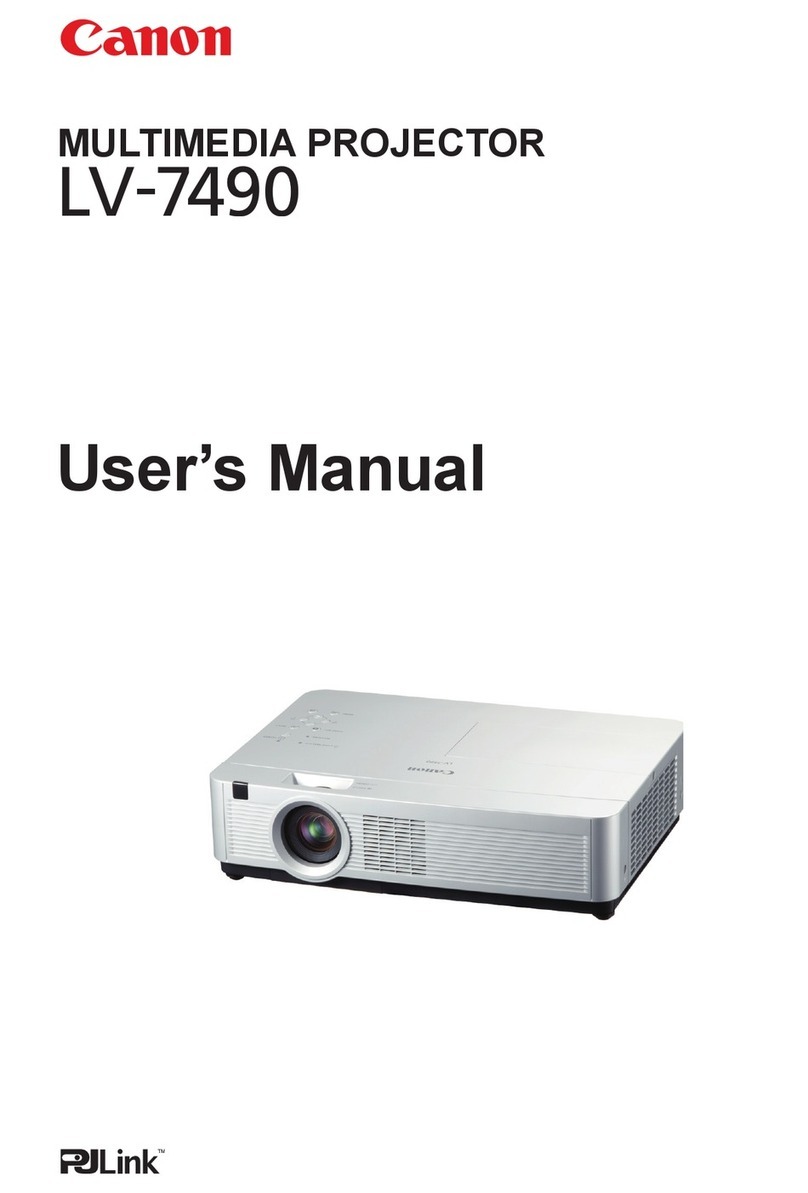
Canon
Canon LV 7490 User manual

Canon
Canon WUX500ST User manual

Canon
Canon LV-S2 User manual

Canon
Canon 4K600STZ User manual

Canon
Canon LV-729 User manual

Canon
Canon LV 7490 User manual
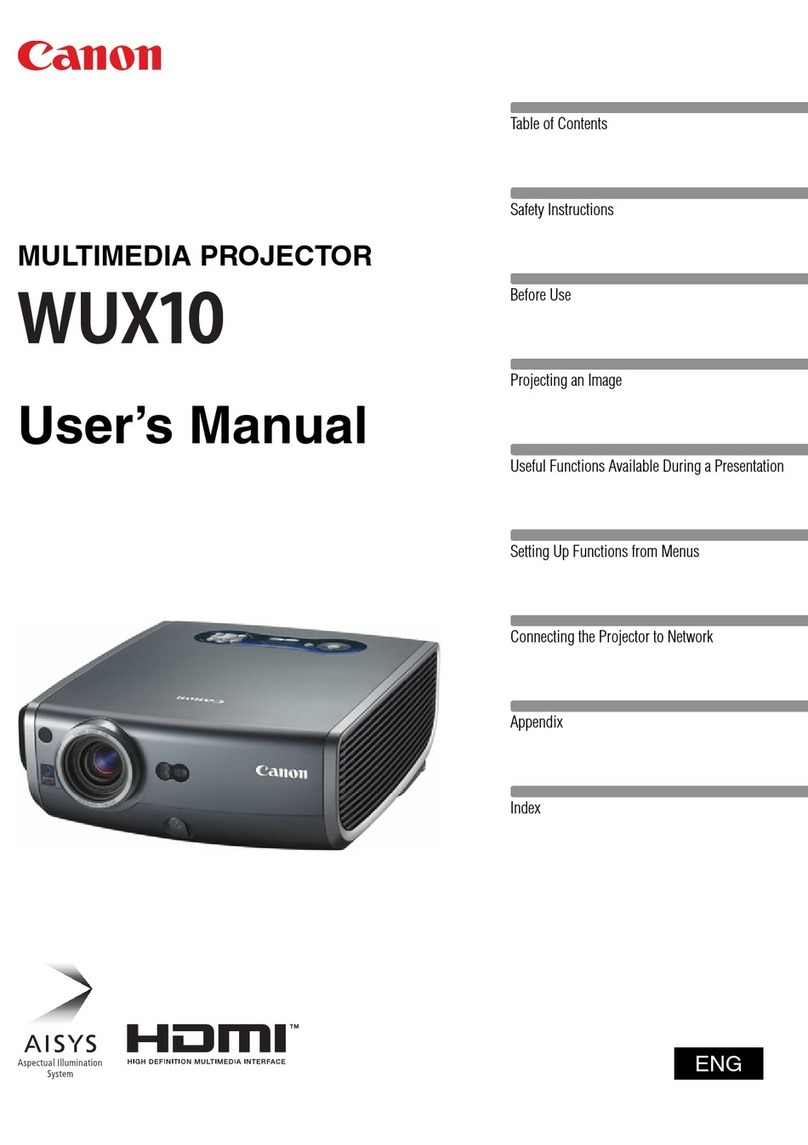
Canon
Canon WUX10 - REALiS WUXGA LCOS Projector User manual
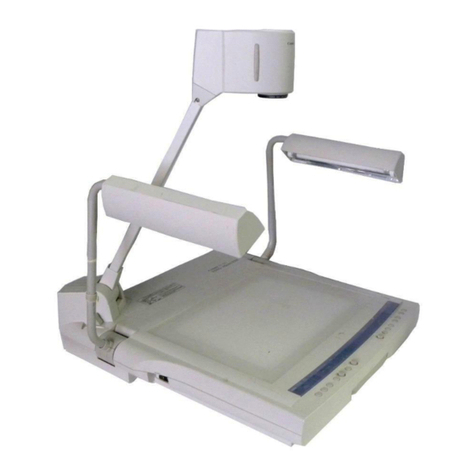
Canon
Canon RE-350 User manual

Canon
Canon 2677B002 User manual

Canon
Canon LV-X1 User manual

Canon
Canon LV-7240 User manual

Canon
Canon REALIS WUX10 MARK II D User manual

Canon
Canon REALiS X600 User manual
